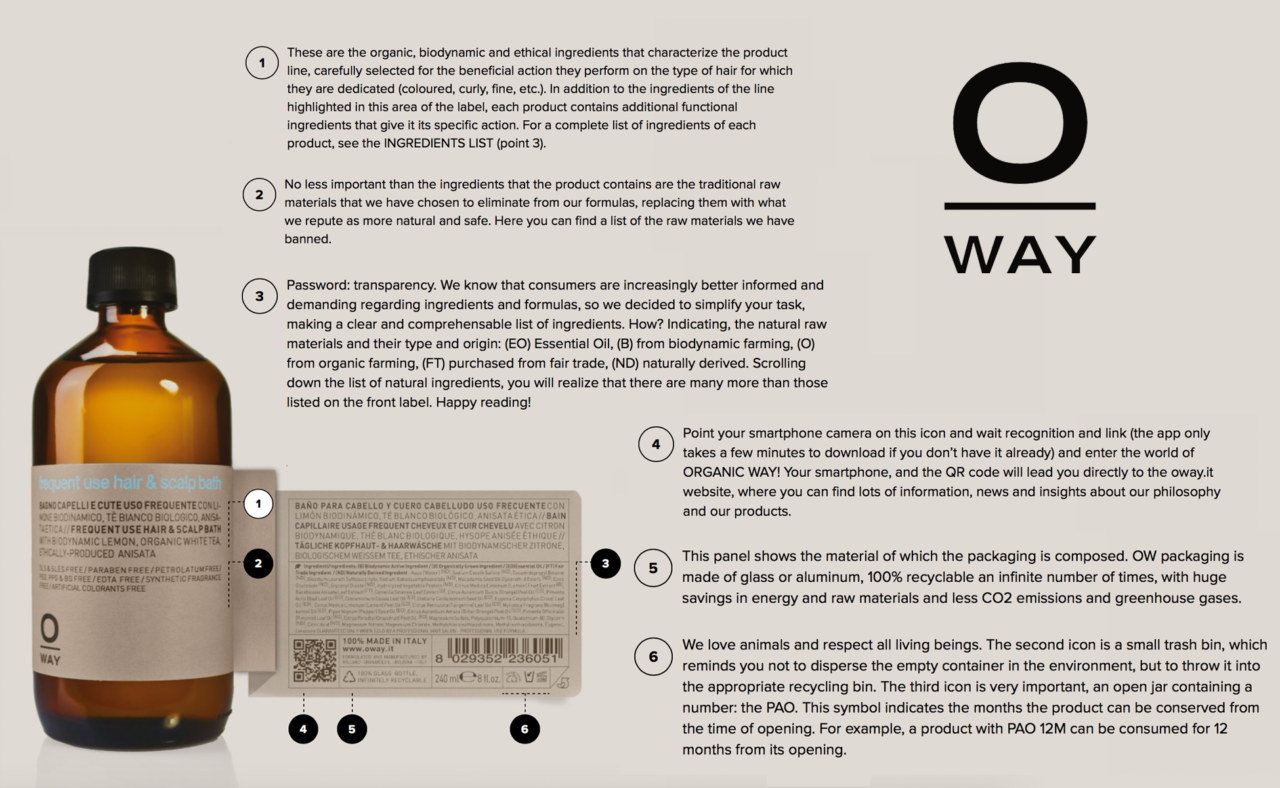Unveiling the Secrets: What’s Really in Your Beauty Products
Have you ever taken a close look at the label on your favorite beauty products? You may be surprised to find that there are a lot of ingredients listed that you can’t pronounce or have never heard of before. It’s important to understand what’s in your beauty products so you can make informed decisions about what you’re putting on your skin.
One key ingredient to watch for in your beauty products is parabens. Parabens are a group of synthetic compounds commonly used as preservatives in cosmetics. While parabens help extend the shelf life of products, they have been linked to hormone disruption and even cancer in some studies. It’s important to look for paraben-free products to reduce your exposure to these potentially harmful chemicals.
Another ingredient to watch for is phthalates. Phthalates are a group of chemicals used to make plastics more flexible and are often found in fragrances, nail polishes, and hair sprays. Like parabens, phthalates have been linked to hormone disruption and reproductive issues. Opting for phthalate-free beauty products can help reduce your exposure to these harmful chemicals.
Sulfates are another common ingredient to watch for in beauty products. Sulfates are a group of chemicals that are often used as surfactants to help products lather and foam. While sulfates are not necessarily harmful, they can be drying and irritating to the skin, especially for those with sensitive skin. Look for sulfate-free products if you have skin concerns or if you simply prefer a gentler formula.

Image Source: simplyorganicbeauty.com
Silicones are another ingredient to be aware of in your beauty products. Silicones are synthetic compounds that are often used in hair care products to add shine and smoothness to the hair. While silicones can provide temporary benefits, they can also build up on the hair and weigh it down over time. If you prefer a more natural hair care routine, consider opting for silicone-free products.
Fragrance is another key ingredient to watch for in your beauty products. While fragrance can make a product smell nice, it can also be a source of irritation for those with sensitive skin. Fragrances are considered trade secrets, so companies are not required to disclose the specific ingredients used to create them. If you have sensitive skin or prefer fragrance-free products, look for products labeled as unscented or fragrance-free.
In conclusion, it’s important to take a closer look at the ingredients in your beauty products to ensure you’re making informed choices about what you’re putting on your skin. By watching for key ingredients like parabens, phthalates, sulfates, silicones, and fragrance, you can reduce your exposure to potentially harmful chemicals and create a beauty routine that works best for your skin. Remember, knowledge is power when it comes to understanding what’s really in your beauty products.
The Power of Ingredients: Key Elements to Look for in Cosmetics
Beauty products have become an essential part of our daily routine, helping us enhance our natural features and boost our confidence. However, not all beauty products are created equal, and it’s important to pay attention to the ingredients that make up these products. Understanding what goes into your beauty products can help you make informed decisions about what you’re putting on your skin. In this article, we will explore some key ingredients to watch for in your cosmetics.
1. Hyaluronic Acid:
Hyaluronic acid is a powerhouse ingredient when it comes to skincare. It is a naturally occurring substance in the body that helps maintain moisture levels in the skin. When used in beauty products, hyaluronic acid can help plump and hydrate the skin, reducing the appearance of fine lines and wrinkles. Look for this ingredient in your moisturizers, serums, and masks for a boost of hydration.
2. Retinol:
Retinol, a form of vitamin A, is another key ingredient to watch for in your beauty products. It is known for its anti-aging properties, helping to improve the skin’s texture and reduce the appearance of wrinkles. Retinol can also help with acne and hyperpigmentation, making it a versatile ingredient to include in your skincare routine. Keep an eye out for retinol in your anti-aging creams and serums.
3. Vitamin C:
Vitamin C is a powerful antioxidant that can help brighten the skin and protect it from environmental damage. It can also help boost collagen production, leading to firmer and more youthful-looking skin. Vitamin C is commonly found in serums and facial oils, making it easy to incorporate into your daily routine for a glowing complexion.
4. Peptides:
Peptides are small chains of amino acids that can help improve the overall health and appearance of the skin. They can help stimulate collagen production, leading to firmer and more elastic skin. Peptides are often found in anti-aging creams and serums, helping to target fine lines and wrinkles. Look for this ingredient if you’re looking to boost the elasticity of your skin.
5. Niacinamide:
Niacinamide, also known as vitamin B3, is a versatile ingredient that can help with a variety of skin concerns. It can help reduce inflammation, minimize pore size, and improve the skin’s barrier function. Niacinamide is a great ingredient to include in your skincare routine if you have sensitive or acne-prone skin. Look for this ingredient in your cleansers, toners, and serums for a clearer complexion.
In conclusion, paying attention to the ingredients in your beauty products is essential for maintaining healthy and radiant skin. By understanding the key ingredients to watch for in your cosmetics, you can make informed decisions about the products you use on your skin. Whether you’re looking to hydrate, brighten, or firm your skin, there are ingredients out there to help you achieve your skincare goals. So next time you’re shopping for beauty products, be sure to check the labels and look for these key ingredients for beautiful and healthy skin.
Decoding Beauty Labels: Ingredients You Should Know